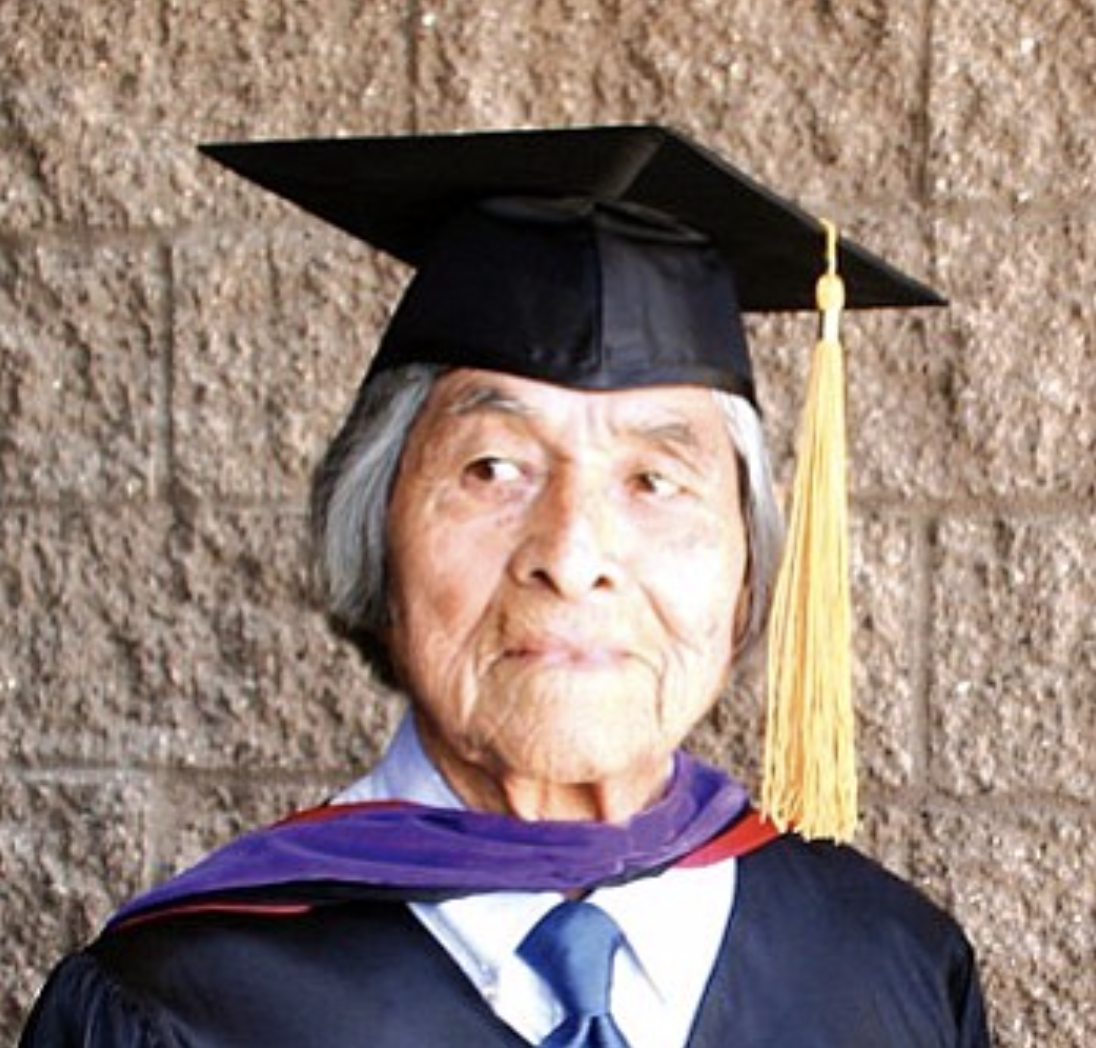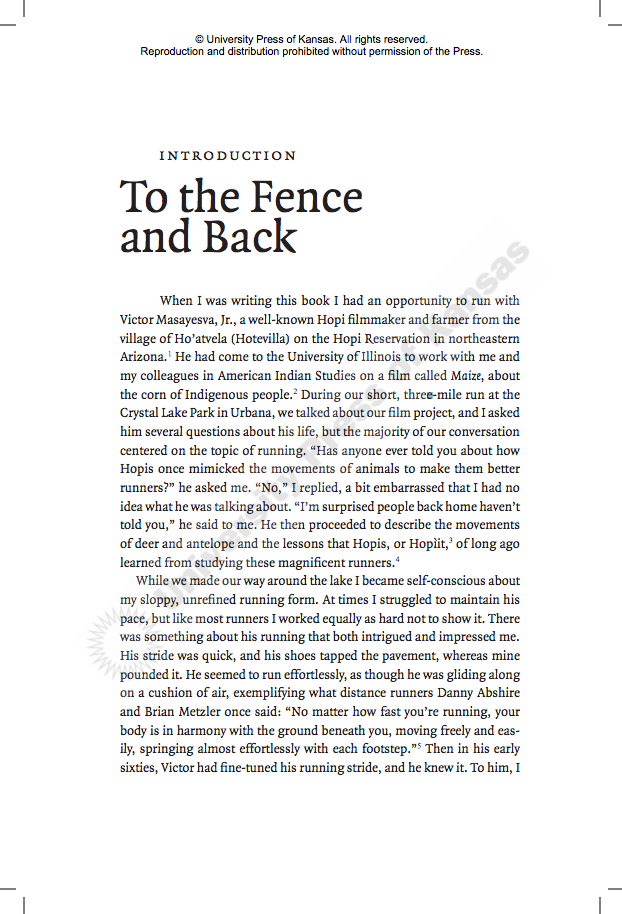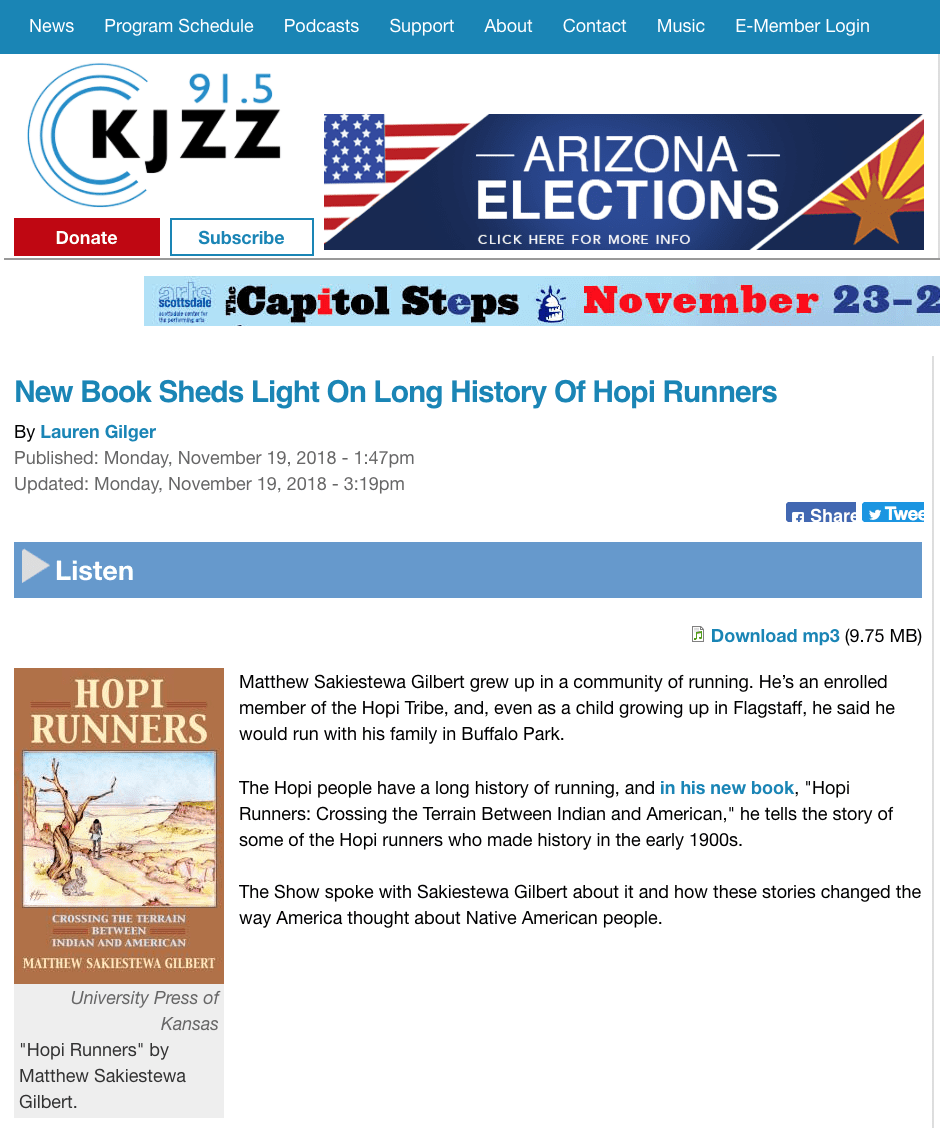I am scheduled to give a talk entitled “Hopi Runner Harry Chaca and the 1929 Vallejo Pre-Olympic National Marathon” this Thursday February 7 at 1:30PM.
My presentation is part of the two-day symposium, “Sherman Institute: The American Indian Boarding School Experience”, which will be held at UC Riverside’s Costo Library.
For more information about the gathering, please visit UC Riverside, Sherman Indian High School Host Symposium
Below is the schedule for the event:
Sherman Institute: The American Indian Boarding School Experience
February 7, 2013: Costo Library (4th Floor Rivera Library)
9 AM: Wlecome by Clifford E. Trafzer and Lorene Sisquoc, Moderators
Invocation by Henry Vasquez
9:30-10: David Adams (Cleveland St. University), “What We Don’t Know about the
History of Indian Boarding Schools”
10-10:30: Robert McCoy (Washington St. University), “Building to Assimilate:
Mission Architecture of Sherman Institute”
10:30-11: Diana Bahr (UCLA), “Robert Kennedy and Sherman Institute, A Promise
Fulfilled.”
11-11:30: Leleua Loupe (CSU Fullerton), “A Network of Control: Exploiting
Indigenous Labor in the West”
11:30-12: Kevin Whalen (UCR), “Indian School and Company Town: Sherman
Student-Laborers at Fontana Farms Company, 1907-1930″
Lunch Break
1:30-2: Matthew Sakiestewa Gilbert (University of Illinois), “Hopi Runner Harry
Chaca and the 1929 Vallejo Pre-Olympic National Marathon”
2-2:30: William O. Medina (Riverside Community College), “Patriotic Indians at
Sherman Institute”
2:30-3: Jason Davis (CSU San Bernardino), “Paradigm Shift: Assimilation to
Preservation at Sherman Indian School”
3-3:30: Kathleen Bartosh (UCLA), “Domesticity and Defense: The Female Experience
at the Sherman Institute, 1930-1960.”
3:30-4: Jean Keller (Palomar College), “Before Sherman Institute: The Perris Indian
School.”
Rupert Costo Chair, California Center for Native Nations, Native American Student
Programs, Native American Educational Program of UC Riverside and the Sherman
Indian Museum offer this Symposium as Sponsors.
—————————————————————————————————
Sherman Institute: The American Indian Boarding School Experience
February 8, 2013, Sherman Indian High School Auditorium
9-10: Panel 1, Former Students, Staff, and Faculty
10-11: Panel 2, Current Students, Staff, and Faculty
11-12: Panel 3, Sherman Scholars and Historians
12-1: Lunch Break
1-4: Sherman School Museum is Open
2-3: Visit to Sherman School Cemetery
Symposium is sponsored by the Sherman School Museum and Costo Chair, California Center for Native Nations, Native American Educational Program,
and Native American Student Programs of UC Riverside.


 on the Hopi Reservation in northeastern Arizona. His willingness to receive an education beyond the mesas and teach at a university, paved the way for other Hopi academics such as myself. He showed us how to excel at a research institution. And he demonstrated the importance for us to meet scholarly expectations while remaining closely connected to home.
on the Hopi Reservation in northeastern Arizona. His willingness to receive an education beyond the mesas and teach at a university, paved the way for other Hopi academics such as myself. He showed us how to excel at a research institution. And he demonstrated the importance for us to meet scholarly expectations while remaining closely connected to home. 






